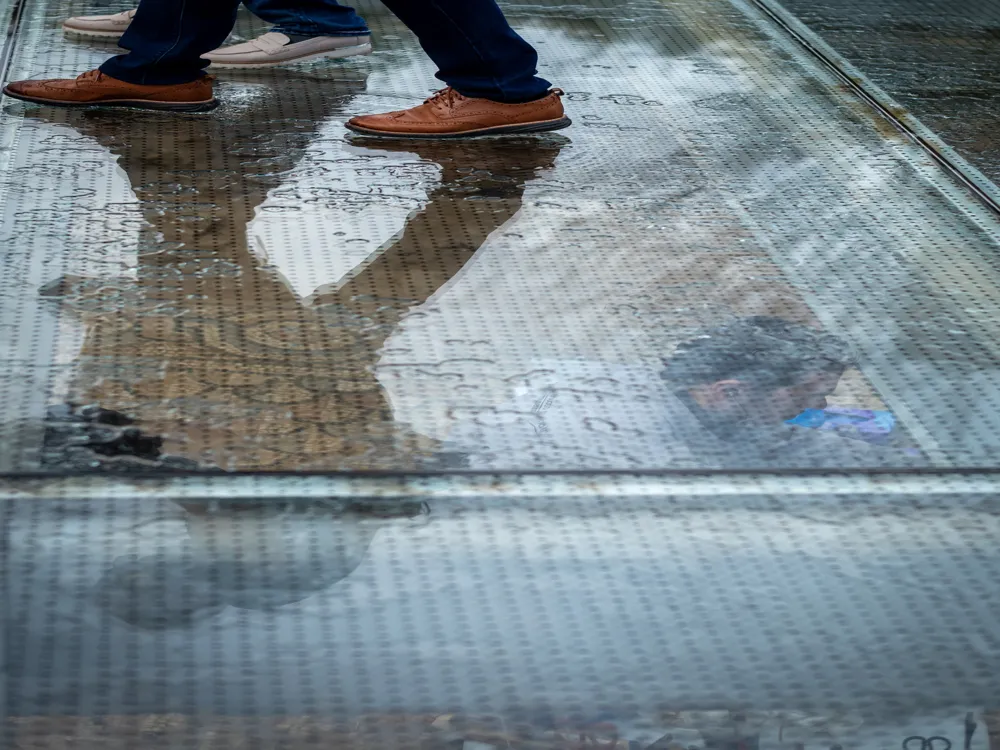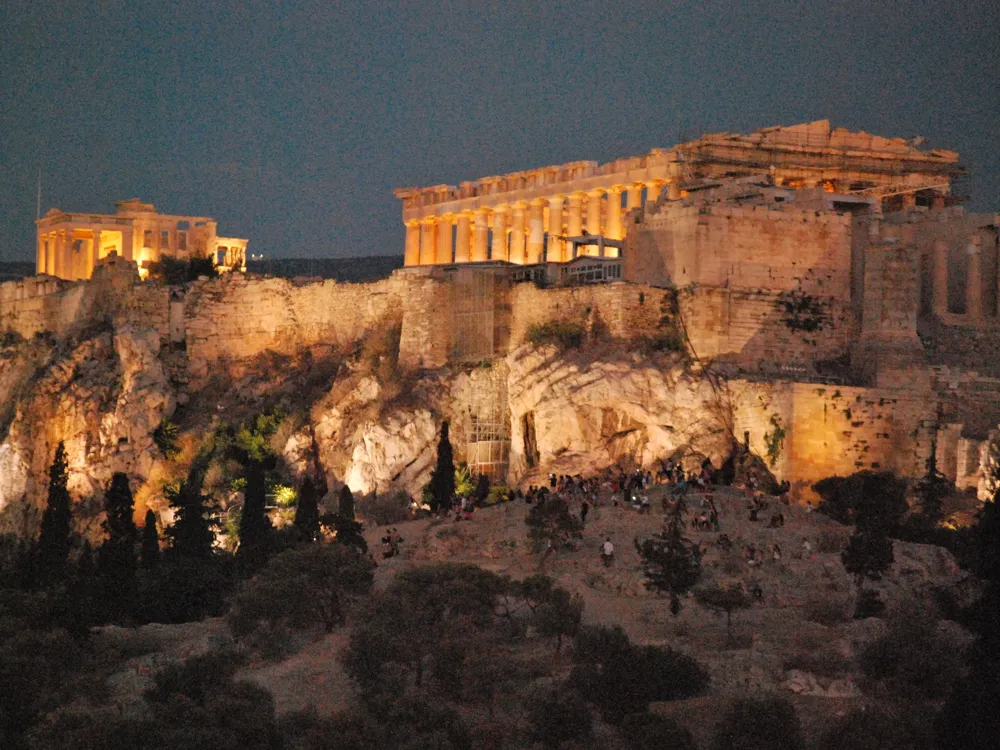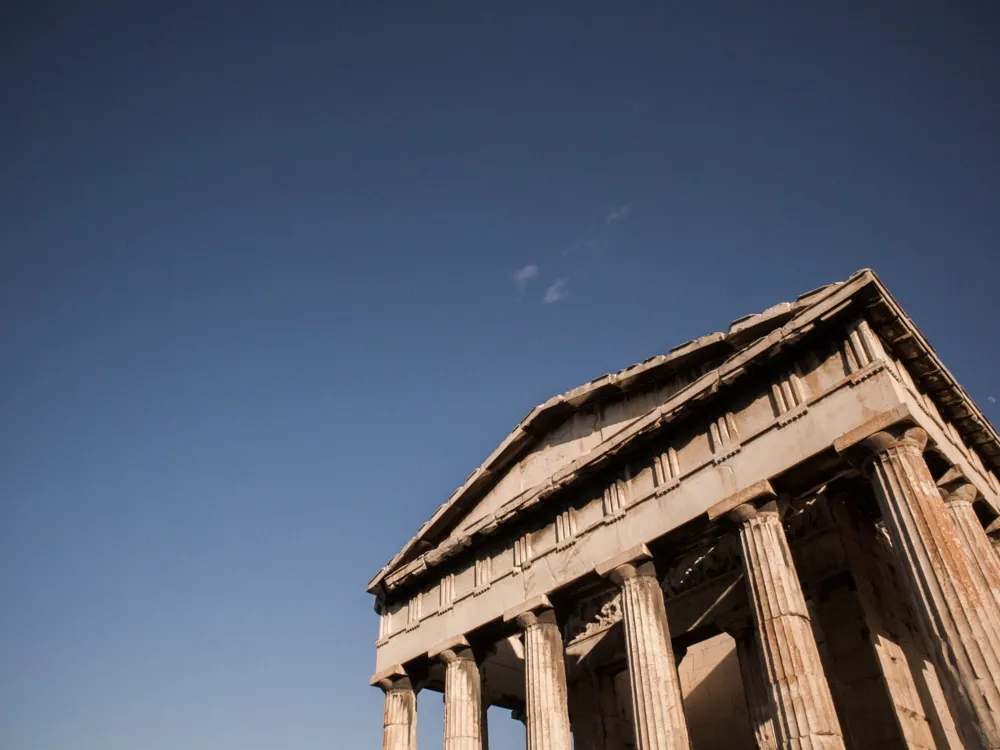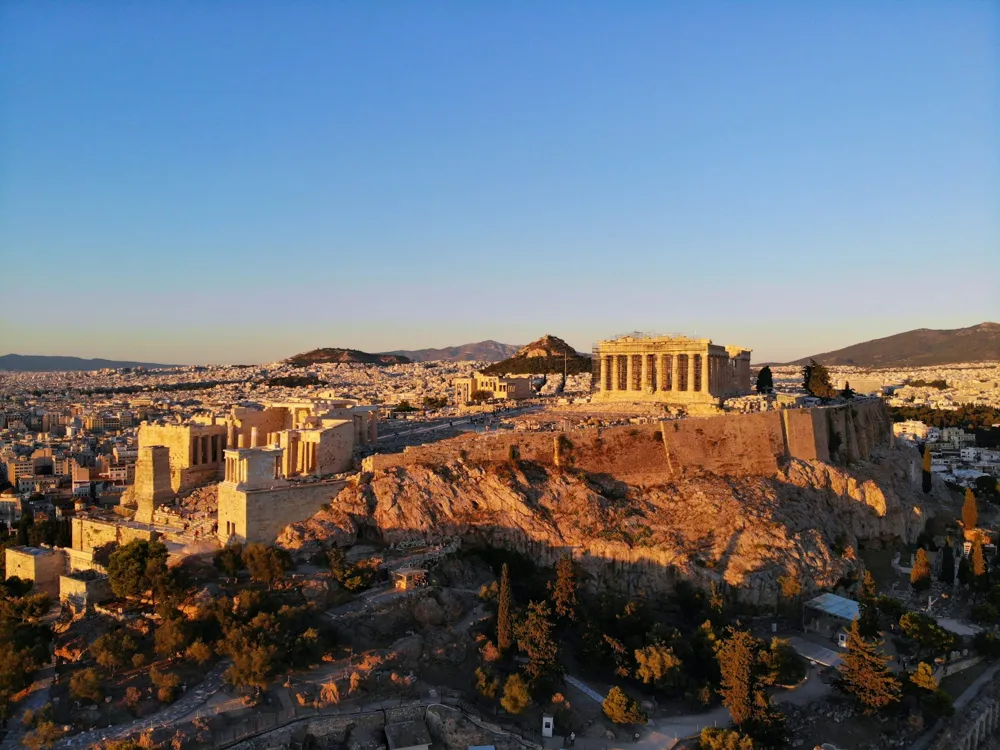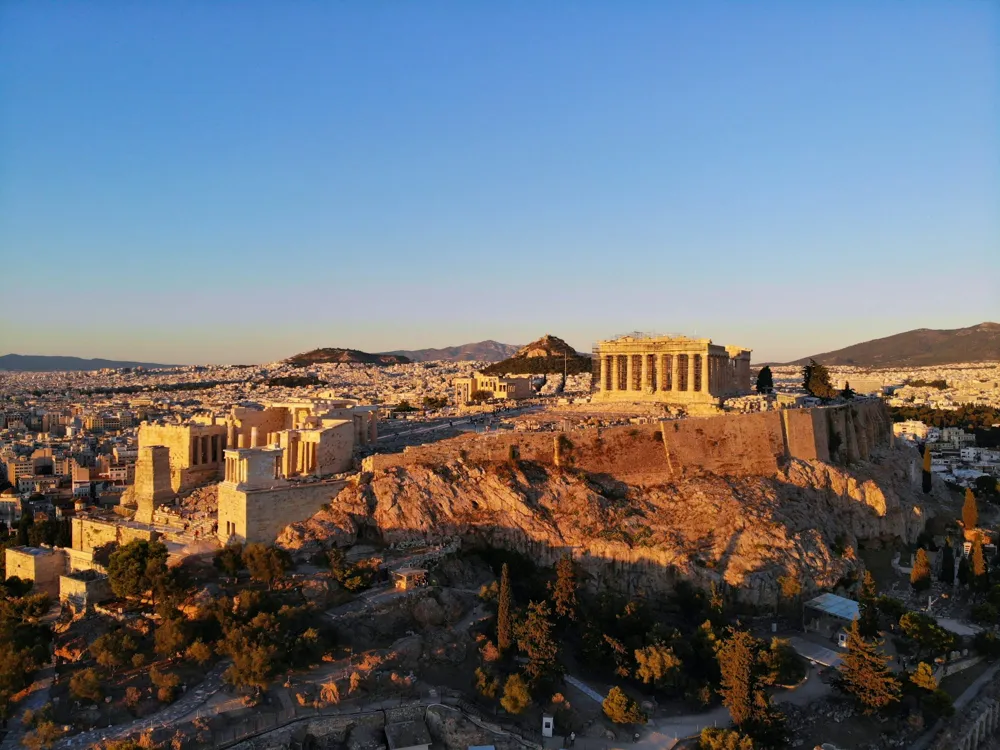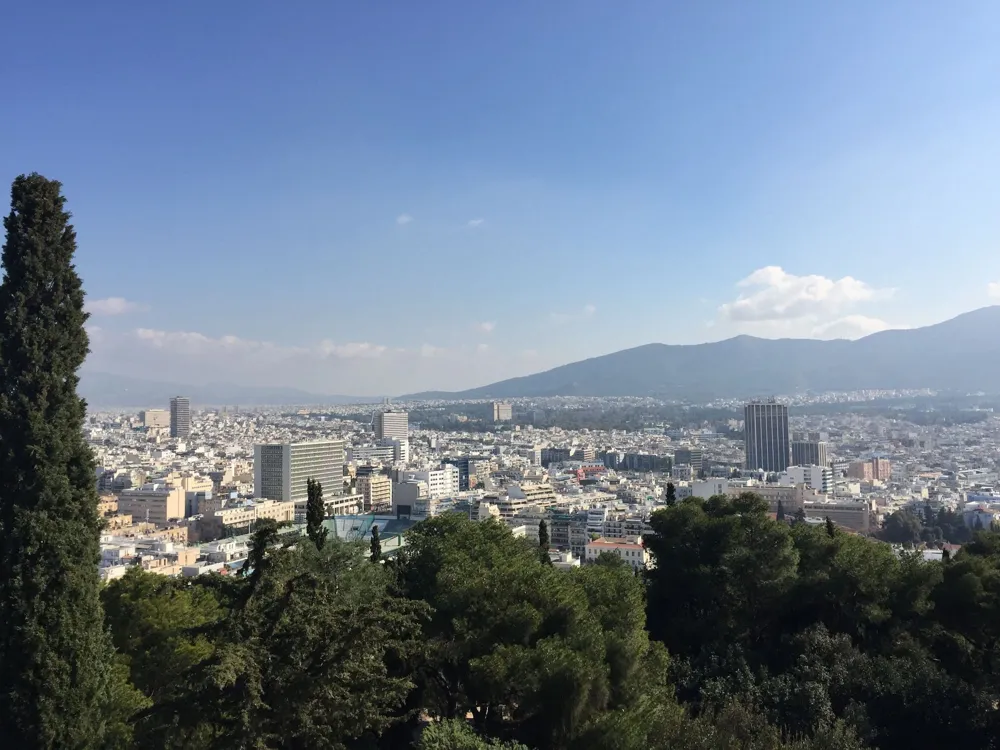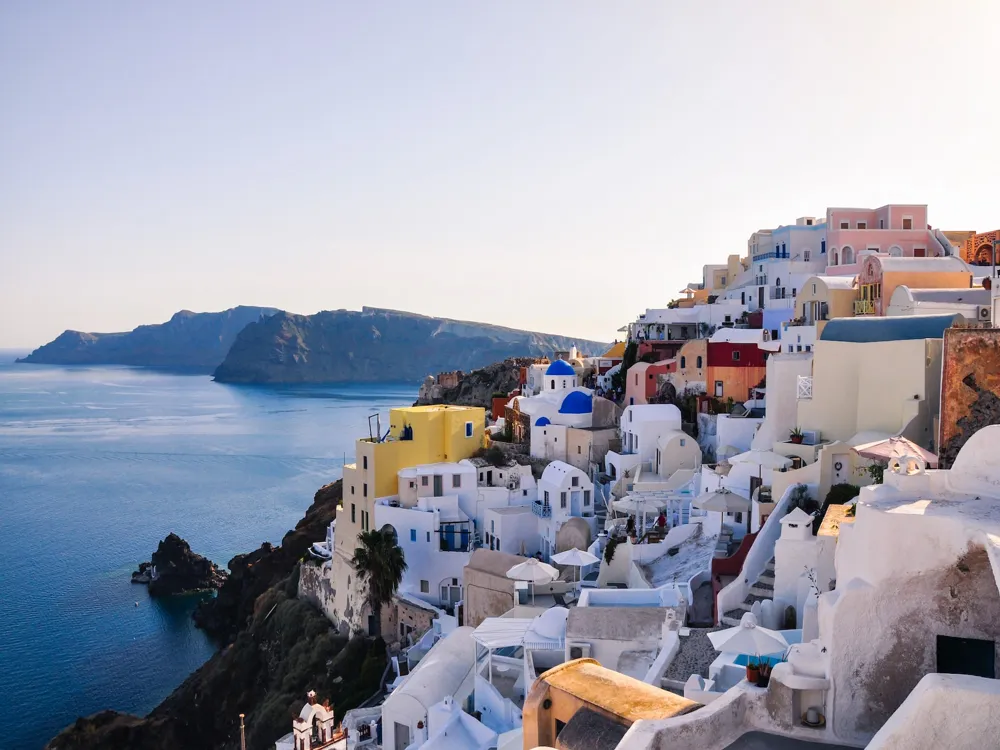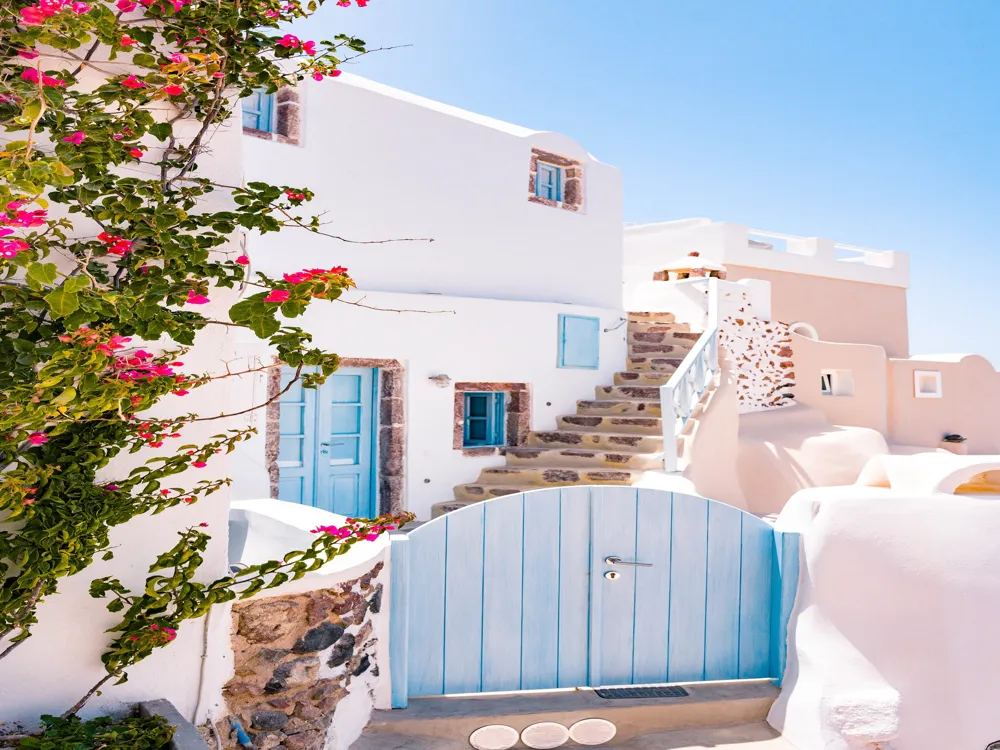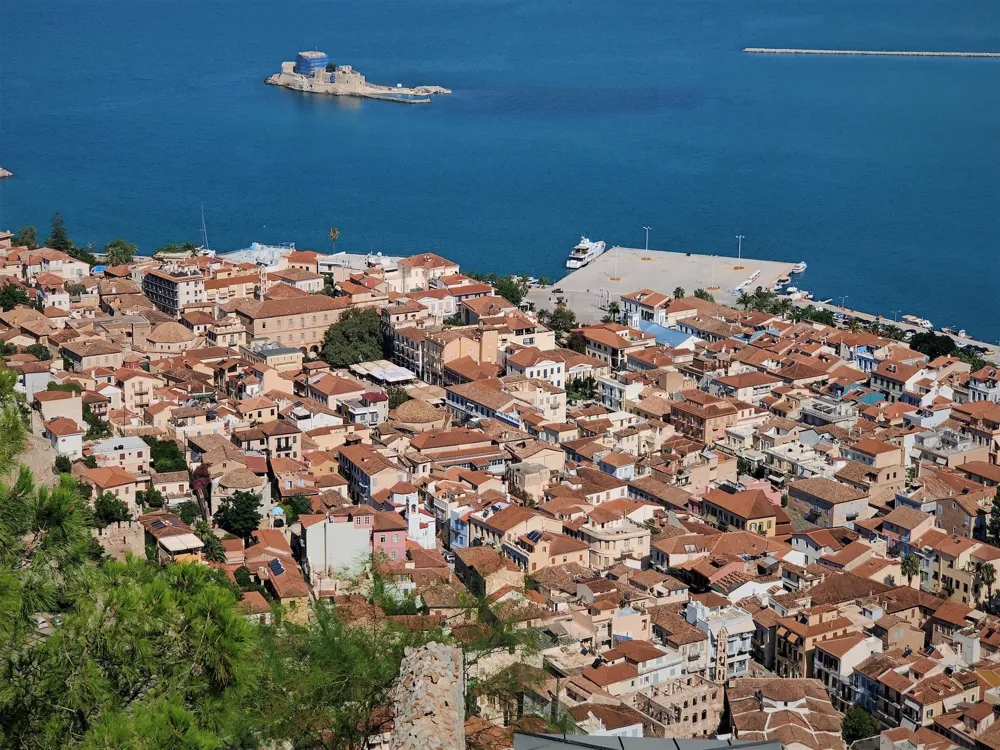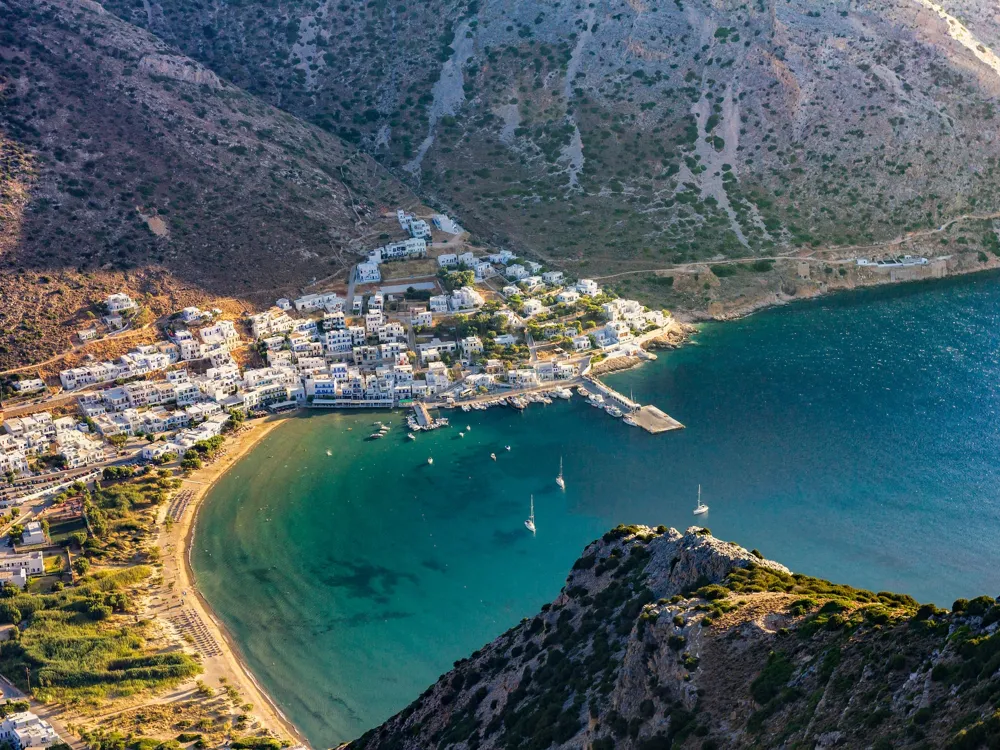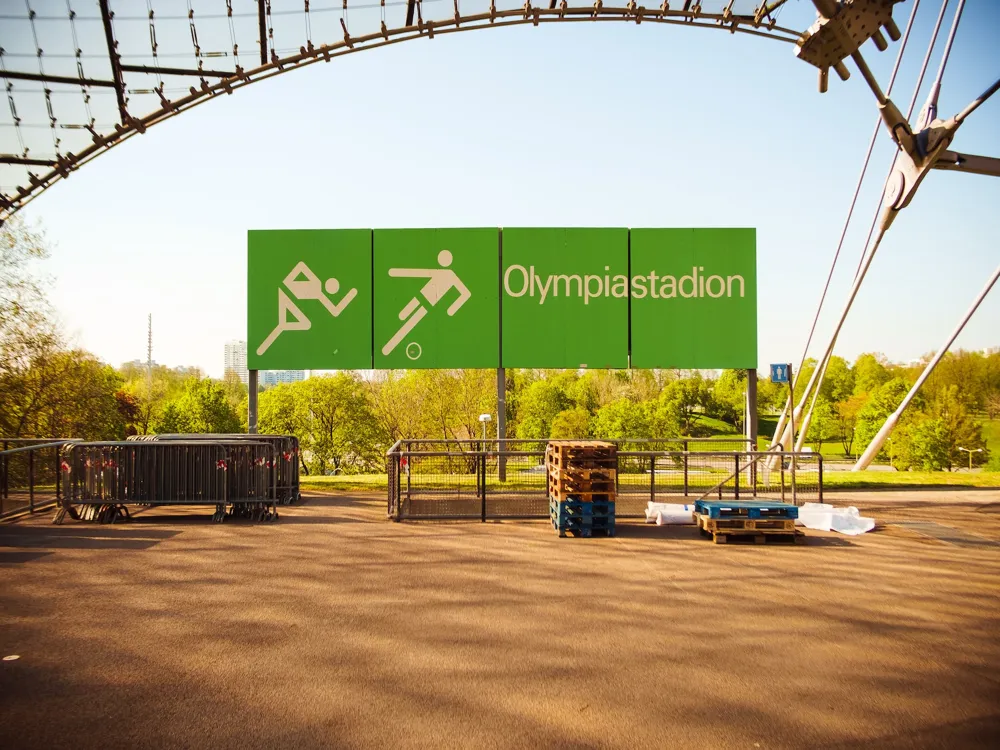The Temple of Olympian Zeus, located in the heart of Athens, Greece, stands as a monumental homage to the ancient Greek god Zeus. This temple, known for its majesty and literal significance, was one of the largest temples in the ancient world. Its construction began in the 6th century BC, under the rule of the Athenian tyrannizers, who imagined creating the topmost temple in the ancient world. Still, it wasn't until the reign of the Roman Emperor Hadrian in the 2nd century that the temple was eventually completed. The temple's sheer size and its use of Corinthian columns were architectural phenomena of its time. The armature of the Temple of Olympian Zeus is a testament to the engineering prowess and cultural vision of the ancient Greeks. The temple's Corinthian columns, some of the foremost of their kind, showcase the elaboration of Greek architectural styles. Each column was intricately sculpted with acanthus leaves, a hallmark of the Corinthian order. The temple’s layout was grounded on a blockish supplemental design, common in Greek temple armature, which included a central chamber( the cella) girdled by a terrace of columns. When planning a visit to the Temple of Olympian Zeus, it's judicious to check the opening hours and any implicit restrictions. The most stylish times to visit are early in the morning or late in the autumn to avoid the crowds and the heat. Flash back to bring a cap and sunscreen, as the point offers little shade. Consider taking a guided tour to gain deeper perceptivity into the tabernacle’s history and significance. Knowledgeable attendants can give fascinating details about the tabernacle's armature, the history of its construction, and its part in ancient Greek society. The Temple of Olympian Zeus is a magnific point for photography. Capture the discrepancy between the ancient columns and the ultramodern cityscape. Early morning or late autumn light provides stylish lighting for photos. The Temple of Olympian Zeus is easily accessible from the colourful corridor of Athens. The closest metro station is Acropolis, on the red line, which is just a short walk down from the tabernacle. Callers can also reach the tabernacle by machine, with several routes stopping hard. For those preferring to walk, the tabernacle is within walking distance of numerous central locales in Athens, including Syntagma Square and the Acropolis. Taxis are also an accessible option for reaching the point, especially during the hotter months or for those with limited mobility. Read More:Overview of the Temple of Olympian Zeus in Athens
Gauging an area of roughly 164 bases by 354 bases, the temple was adorned with more than 104 colossal columns, each standing 17 metres high. Firstly, these columns were made of Pentelic marble, known for its pure white appearance and fine grain. The temple's design followed the classic Greek architectural style, but its enormous scale set it apart from contemporary structures. Over the centuries, the temple suffered from natural disasters and mortal interventions, leading to its ruinous state. Despite this, the Temple of Olympian Zeus remains a significant literal and artistic corner, offering perceptivity into ancient Greek religion, architecture, and society. The temple or columns of Olympian Zeus is a ruined temple in the centre of Athens that was devoted to Zeus, King of the Olympian gods. The temple is positioned close to the Syngtama forecourt. Fifteen columns remain standing, and the sixteenth column lies on the ground.
Over the following centuries, the temple was exhumed to provide structural materials for the houses and churches of mediaeval Athens. Nothing remains of the basement or the great statue that it formerly housed.Architecture of the Temple of Olympian Zeus
The cella housed a colossal statue of Zeus, which was one of the primary lodestones of the temple. Although the statue has not survived, literal records suggest that it was analogous in style and majesty to the Statue of Zeus at Olympia, one of the Seven Prodigies of the Ancient World. The temple's pediments and friezes were adorned with intricate puppets depicting scenes from Greek tradition, further enhancing its aesthetic and artistic value. Over time, the temple's architectural rudiments have significantly influenced colourful architectural styles, making it a subject of study and admiration in architectural history.Tips for Visiting the Temple of Olympian Zeus
Plan Your Visit
Guided Tours
Photography Tips
How To Reach the Temple of Olympian Zeus
Temple of Olympian Zeus
Athens
₹ 25,800 onwards
View athens Packages
Weather :
Tags : Monument
Timings : 8:30 - 15:00 (Winters) 8:00-19:30 (Summers)
Entry Fee : EUR 4
Planning a Trip? Ask Your Question
Athens Travel Packages
View All Packages For Athens
Top Hotel Collections for Athens

Private Pool

Luxury Hotels

5-Star Hotels

Pet Friendly
Top Hotels Near Athens
Other Top Ranking Places In Athens
View All Places To Visit In athens
Faq on Athens
What is the Temple of Olympian Zeus?
The Temple of Olympian Zeus in Athens, also known as the Olympieion, is one of the largest temples in the ancient world, dedicated to Zeus, the king of the Olympian gods. Its construction began in the 6th century BC and was completed in the 2nd century AD by the Roman Emperor Hadrian.
Where is the Temple of Olympian Zeus located?
It is located in the center of Athens, Greece, near the Acropolis and the National Garden, making it easily accessible for visitors.
How long did it take to build the Temple of Olympian Zeus?
The construction of the temple spanned several centuries. It began in the 6th century BC and was not completed until the 2nd century AD by Emperor Hadrian, taking approximately 638 years to finish.
Why was the construction of the Temple of Olympian Zeus delayed?
The construction was halted due to political and financial difficulties, including changes in rulership and the shifting priorities of Athens' resources. It wasn't until the reign of Hadrian that the temple was finally completed.
What makes the Temple of Olympian Zeus stand out architecturally?
Originally, the temple boasted 104 colossal Corinthian columns, each standing 17 meters high, of which only 15 remain standing today. Its size and scale were meant to showcase the might and power of Zeus.
View athens Packages
Weather :
Tags : Monument
Timings : 8:30 - 15:00 (Winters) 8:00-19:30 (Summers)
Entry Fee : EUR 4
Planning a Trip? Ask Your Question
Athens Travel Packages
View All Packages For Athens
Top Hotel Collections for Athens

Private Pool

Luxury Hotels

5-Star Hotels

Pet Friendly
Top Hotels Near Athens
Other Top Ranking Places In Athens
View All Places To Visit In athensFaq on Athens
What is the Temple of Olympian Zeus?
The Temple of Olympian Zeus in Athens, also known as the Olympieion, is one of the largest temples in the ancient world, dedicated to Zeus, the king of the Olympian gods. Its construction began in the 6th century BC and was completed in the 2nd century AD by the Roman Emperor Hadrian.
Where is the Temple of Olympian Zeus located?
It is located in the center of Athens, Greece, near the Acropolis and the National Garden, making it easily accessible for visitors.
How long did it take to build the Temple of Olympian Zeus?
The construction of the temple spanned several centuries. It began in the 6th century BC and was not completed until the 2nd century AD by Emperor Hadrian, taking approximately 638 years to finish.
Why was the construction of the Temple of Olympian Zeus delayed?
The construction was halted due to political and financial difficulties, including changes in rulership and the shifting priorities of Athens' resources. It wasn't until the reign of Hadrian that the temple was finally completed.
What makes the Temple of Olympian Zeus stand out architecturally?
Originally, the temple boasted 104 colossal Corinthian columns, each standing 17 meters high, of which only 15 remain standing today. Its size and scale were meant to showcase the might and power of Zeus.







